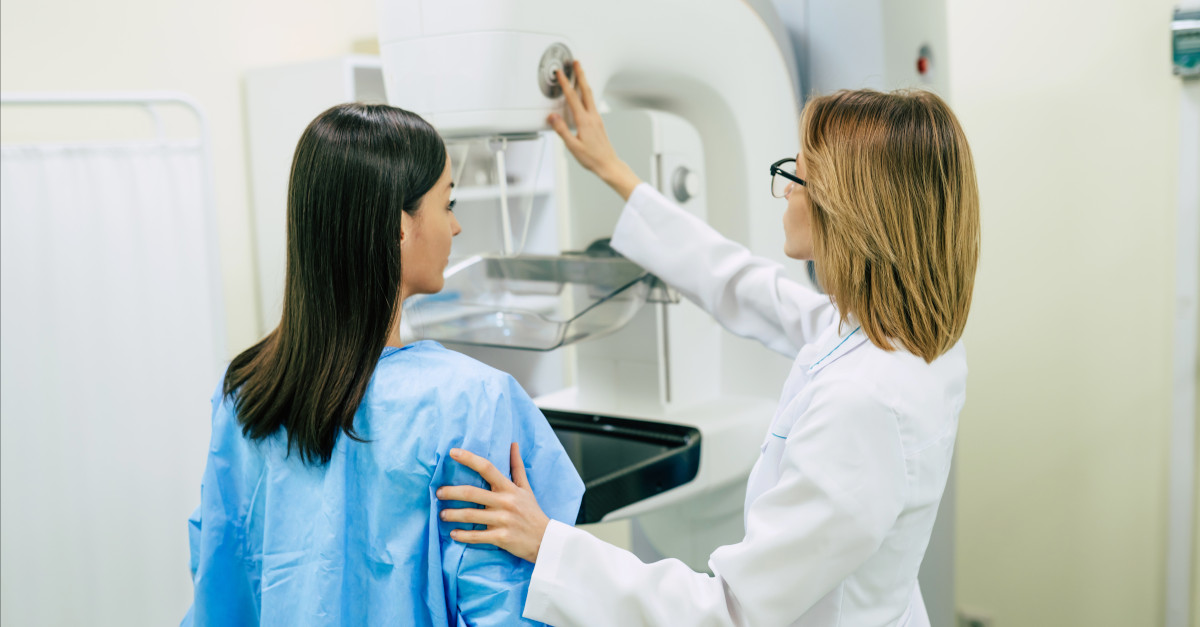Breast cancer is the second most common type of cancer for women, trailing only skin cancer. But in spite of its commonality, there are 3.8 million breast cancer survivors living in the U.S., and survival rates have been improving steadily over the years.
If you or a loved one has been diagnosed with breast cancer, learning as much as possible can help you better understand what to expect, and feel prepared to discuss your treatment strategy. Here are some basic facts to know.
Risk Factors for Breast Cancer
Experts haven’t yet learned why some people develop breast cancer, even with no risk factors, while other people who do have these risk factors may never get it. As with many types of cancer, breast cancer is believed to be caused by a complex interplay of multiple factors, including certain lifestyle, environmental, and hormonal conditions.
The health factors that are most associated with an increased risk of breast cancer include:
- Being a woman: Although men can get breast cancer too, it’s much more likely to occur in women.
- Age: Risk increases with age, and most cases are diagnosed in women over 40.
- Genetics: Women with inherited gene mutations, such as BRCA1 and BRCA2, are more likely to get breast cancer.
- Dense breasts: While having dense breast tissue is normal, women who have it may be more likely to develop breast cancer.
- Family history: Women with a close female relative who has had breast cancer face a higher risk.
- Previous radiation: Having radiation to the face or chest at a young age could increase risk.
- Personal history: Previous breast cancer or a history of other non-cancerous breast diseases increase risk.
While these factors aren’t within your control to change, there are a few things you can do to help lower your risk.
Breast Cancer Prevention Strategies
According to the CDC, being physically active and maintaining a healthy weight — especially after menopause — may decrease your risk of developing breast cancer. Hormone replacement therapy, excessive alcohol consumption, and smoking are other things to avoid.
Women with a higher-than-average health risk for breast cancer (as listed above), may also want to discuss with their doctor whether drugs that can block estrogen (a hormone that can fuel breast cancer cells) could be beneficial.
Screenings
Mammograms are a special type of X ray used to look for abnormalities in breast tissue. Recommendations for when you should receive one vary by age and family history. The American College of Radiology recommends mammograms for all women aged 40 and up, but you may want to discuss beginning screening earlier, particularly if you have noticed a new lump during a breast self-exam that does not change.
Undergoing routine mammograms starting at the age of 40 can decrease breast cancer mortality for women of average risk. Though there is a small chance of false positive results or an overdiagnosis of what may ultimately turn out to be harmless lesions, mammograms are the best way to identify breast cancer early, when treatment is most successful.
With so many factors to consider, it can be challenging to know your own individual risk. Though you may find breast cancer risk calculators, including the Gail model or the Tyrer-Cuzick risk calculator helpful, it’s best to have a conversation with your healthcare provider for personalized screening recommendations.
At Morgan Medical Center, we specialize in 3D mammography to provide the most accurate breast imaging, and provide compassionate care for all stages of women’s health. Reach out to us directly at (706) 752-2207 to schedule an appointment, or learn more about us online.

